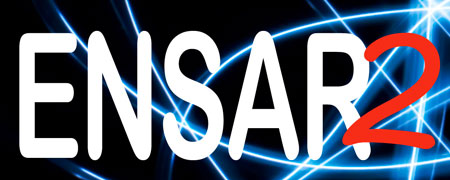PSeGe: R&D on Position-Sensitive Germanium Detectors
for Nuclear Structure and Applications 
WP Leader: Andres Gadea
Deputy: Daniel Napoli
The present project will contribute to the R&D of detector technology for position-sensitive HPGe detector arrays. While the first developments were applied successfully and new devices have already been put into operation it is obvious that several aspects still require basic research and ongoing development. Key areas are detector production technology, the basic characteristics of the novel detectors, electronic instrumentation and software developments.
TASK 1. New technologies on passivation and segmentation (INFN)
The aim of this task is the improvement of the present technologies for passivation and segmentation in HPGe detectors, to solve the problem of the intrinsic instabilities of the Ge surface. At INFN, the work will be done at the Materials Laboratory of the LNL where an interdisciplinary group will study chemical and physical methods of passivation of the inter-segment area. The goals of this task include: R&D of segmented contacts in HPGe detectors and of the passivation of the boundary regions between contacts, charge collection and electric-field exploration via 2D scans.
TASK 2. R&D on novel Ge-detector geometries for ultimate position resolution and efficiency (GSI)
The aim of this task is to develop a prototype of a 3D position-sensitive Ge gamma-detector with 1-2 mm position resolution and maximal active/total volume ratio. The goals include: modelling and simulation of electrical-field distributions aiming to maximise the active volume, evaluation of the 3D position resolution obtainable, production of a prototype detector in cooperation with the industrial partner SEMIKON and the experimental determination of the position resolution; other performance figures with the produced prototype will also be determined.
TASK 3. R&D on segmented p-type coaxial detectors (CSIC)
The goals of this task include: R&D on basic properties of the material producing high hole-barrier n-contacts, evaluation of the barrier and stability of amorphous germanium and yttrium contacts, alternative materials for n-contacts and a feasibility study of segmentation with these materials.
TASK 4. Network activity: Demonstration of imaging applications and associated detector technologies (ULIV)
This task aims to contribute to the dissemination of imaging techniques for applications through the organisation of schools and conferences, and to understand how pulse-shape analysis can discriminate between the interaction of gammas and neutrons.

